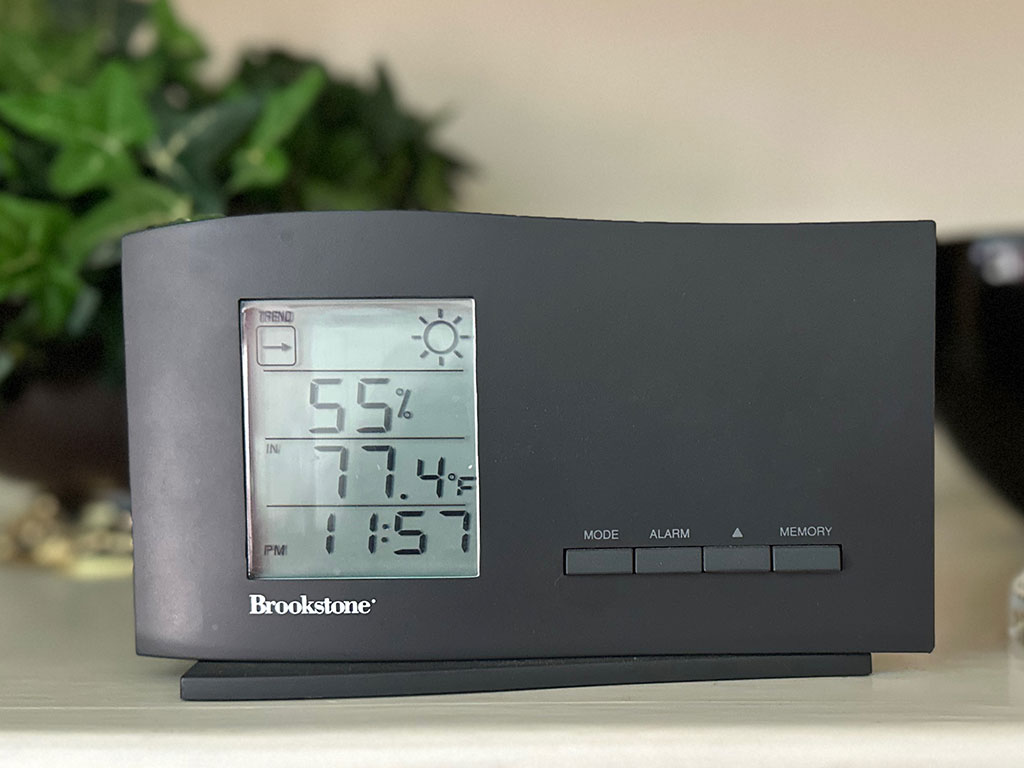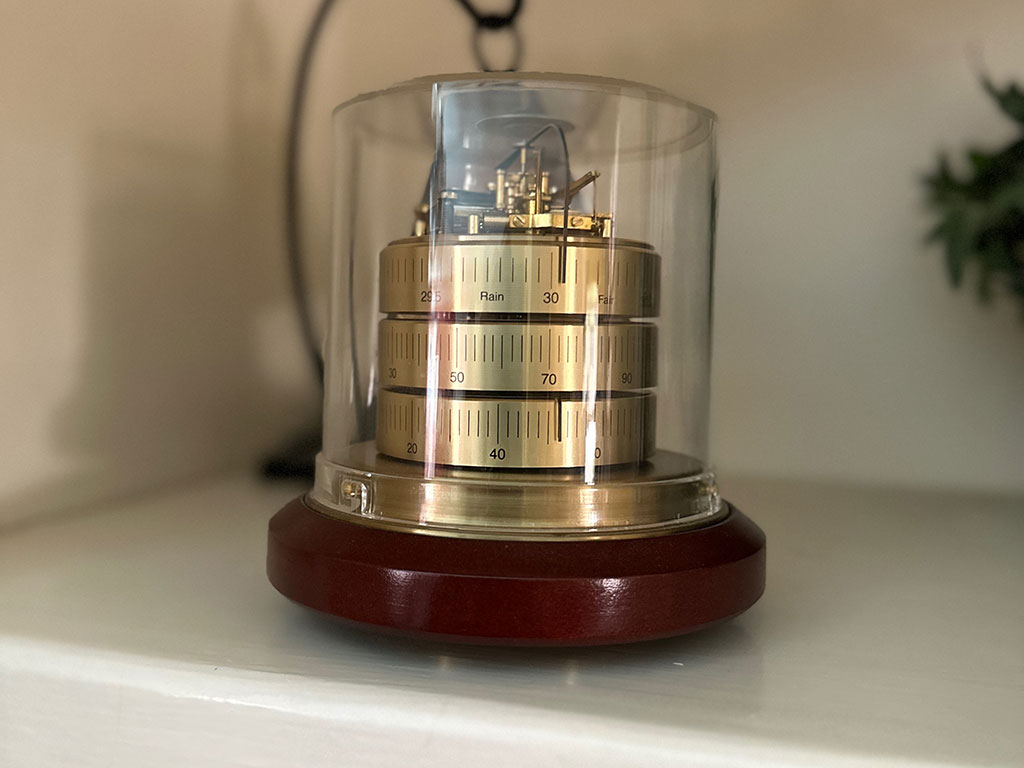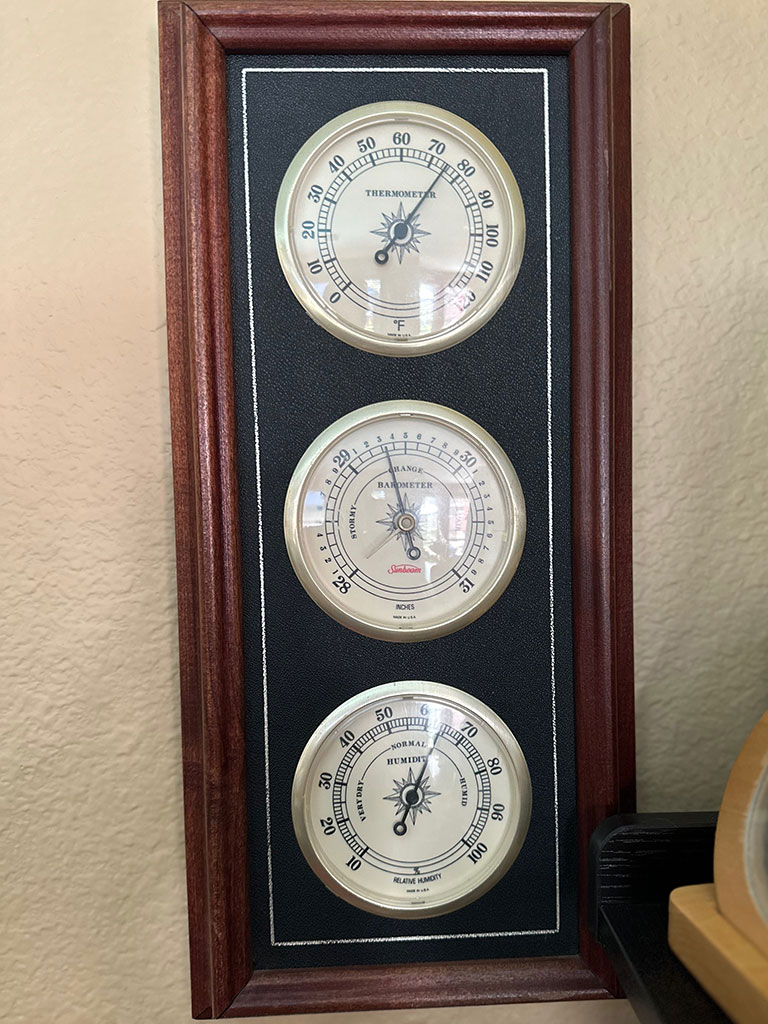In most climates that experience drastic weather changes, a big temperature swing and pressure change may leave your windows sweating. That’s normal. But, if your windows are constantly wet on the inside, that may be the sign of a problem covered in our latest article Home Window Condensation Explained.

Why Does Condensation Occur On My Windows?
Condensation on your mirrors or windows occurs when warm moist indoor air collides with a cooler surface such as glass.
Condensation Forming On Indoor or Outdoor Window Surfaces Doesn’t Mean Defective Windows.
The same dew point phenomenon causing moisture formation on the cooler window surface can be outdoors or indoors, depending on the weather and the indoor humidity and temperature. Again, it is not necessarily cause for alarm. But if there is a problem, it’s rarely because of a faulty window, particularly if the condensation forms on many windows simultaneously.
What Causes Window Condensation?
The air almost always has a certain amount of invisible water vapor. The amount of water vapor in the air is moisture commonly measured as humidity using a Hygrometer. We experience the effects of humidity on our comfort when it is significantly above or below specific percentage ranges relative to air temperature.
For example, very dry or low-humidity air, say 10 to 20 percent relative humidity, like that found in arid desert regions, can result in frequent high static build-up and “zapping” electric discharges on metal door knobs, etc. Many people have other discomforts, too, such as dry, flaky skin and irritated throats. Too low humidity levels may cause sensitive wooden musical string instruments to warp.
On the other hand, very high humidity levels of over 75% percent can increase the “feels like” temperature to oppressively hot levels in the southern US, such as Houston. Excessively high humidity creates an uncomfortable sticky, clammy feeling. Over a sustained period, high indoor humidity creates the perfect environment for mold and mildew formation within your home attics, basements, and wall cavities.
Window Condensation Occurs Naturally In All Climates, Any Season
Concerning condensation outside your home, it is simply a fact of nature. Exposed to certain conditions, like a clear night sky, still air, or high relative humidity, the exterior surface of the glass can radiate heat away from your home and into the night air, allowing the glass temperature to fall below the dew point of the ambient air—creating condensation. Only when the glass temperature rises above the dew point will the condensation evaporate back into the air. Common examples are when dew forms on grass, car hoods, and roofs and in common summertime conditions, with hot, humid air on the outside and colder, conditioned air on the inside.

The Dew Point
The National Weather Service tells us that the dew point is the temperature of the air that needs to be cooled at a constant pressure to achieve a relative humidity (RH) of 100%. At the dew point, air cannot hold any additional water in gas or vapor form.
The higher the dewpoint is the more moisture that is in the air. The higher the dewpoint is above 65 F, the stickier it will feel outside. At 75 F or above dewpoint, the air feels sticky and humid.
Does Condensation Indicate Defective Windows?
Windows are the last thing to consider blaming for condensation as long as it’s not between glass panes on modern double or triple-pane windows. Moisture between the panes usually indicates a seal has failed and is easily fixed. But, if the moisture is on the inside window pane where you can touch it with your fingers or wipe it with a cloth, it’s not because of defective windows.

Condensation will form on any window or mirror when the conditions are right. It means that the relative humidity level is too high relative to the surface temperature of your window glass. Consider what happens when you take a steamy hot shower, and your mirrors and glass shower door fog up. That fog is water vapor condensing on the cooler mirror surface. The fog disappears when you open a window or door or turn on an adequate exhaust fan.
Constant Window Condensation Indoors May Mean Problems
Pay attention if your windows are regularly wet inside of your home. If you’re wiping from many windows often, that usually means you have excess moisture there. If multiple windows constantly form condensation inside your home, you may have a ventilation problem, and an HVAC pro should check it out. Air conditioning and heating systems can cause high humidity when improperly sized or failing.

We Must Balance Humidity For Comfort And Condensation
If you want to control the amount of moisture in the air, or humidity, look to your HVAC system. The home HVAC system isn’t solely to heat or cool your home. It also controls humidity levels and ventilation during the changing seasons.
Mind The Changing Weather Pattern Where You Live
Of course, occasionally, when there is a drastic change in the outside weather, it is possible to see condensation on your windows. In this case, the cause is a sudden and significant difference between indoor and outdoor temperatures. Once temperatures normalize, condensation no longer forms. The occasional formation of moisture on your inside windows is normal and not cause for alarm.
What Can Be Done To Reduce Window Condensation?
- Open Curtains and Blinds
- Open Windows
- Install Ventilation Fans
- Ensure your Air Conditioning/Heating system is sized and functioning correctly.
- Lower Thermostat or Humidifier
- Invest in a Dehumidifier






